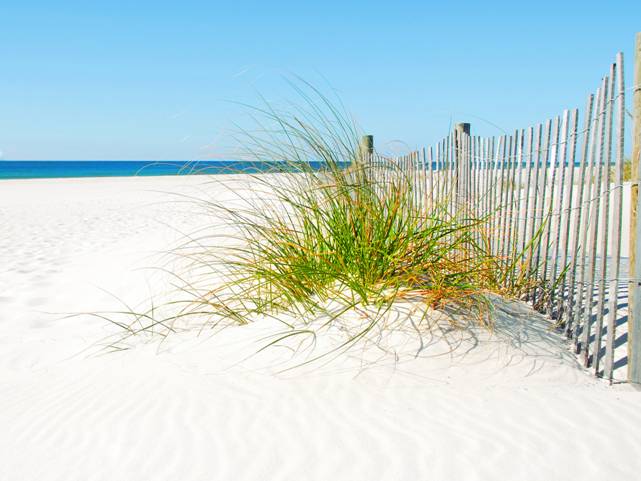
Salty Sam’s Fun Blog for Children
Number 406
The Caledonian Forest
Hello Everyone

When we all planted up Auntie Alice’s new hedgerow in the back corner of her garden, it didn’t take too long with so many people helping. There was Captain Jack and myself and of course four children; Henry wanted to help too.
Every little project that helps the environment matters, whether it is in the town or the countryside.
Many little projects all mount up to contribute to a whole movement of improving the environment.
Some people have embarked on much bigger projects than our little one.
One project that is enormous is the replanting of the Caledonian Forest.
Caledonia is, of course, a word referring to Scotland. The Romans called Scotland Caledonia, which is Latin for ‘wooded heights’.
A lot of people are really worried about the destruction and loss of the tropical rainforest but the truth is that much woodland has been lost in many countries across the world.
Trees are important, natural tools for transforming carbon dioxide into oxygen. This helps to counteract global warming, some scientists tell us – along with sea plants.
Sometimes, you might see a picture of the Scottish Highlands and will notice that there are little islands situated in the middle of lakes with tall trees on them whilst the surrounding countryside is relatively bare. Why are the trees there?
The reason can found in stories told in history books.
When the warring tribes, or clans, attacked each other, they often used fire to burn out their enemies. The fires may have burnt away the forests on the shore but they were not able to travel the distance across the water to the islands. The trees there were left unharmed and continued to flourish and set seed to replace themselves with new generations.
Forests were also sometimes destroyed in this way to eradicate (get rid of) wolves who were considered to be pests.
After the last lce Age, the whole of Britain was eventually covered in one forest called the Wild Wood. Only small pockets of this forest still remain.
The Caledonian Forest was a temperate rainforest (not a tropical one). The climate in Scotland is much cooler than in the tropical rainforests that you find growing nearer to the Equator, of course.
A commonly found tree in the Caledonian Forest was the Scot pine.
These pine trees colonized the area from the west after the ice sheets that covered about 30% of the Earth’s surface retreated to the poles during a period of climate change.
Scot pines are very tall trees and have a distinctive shape. They are still found in Scotland today.
Other trees that happily live in the Scottish forests are: oak and ash, alder and aspen, hazel and holly, birch and juniper. Oaks colonised from the south.
Of course, there were many clearings in the Caledonian Forest as well, where animals could graze on sunlit patches of grass.
There were also ferns, lichens and mosses which contributed to the whole ecosystem of the forest.
The Caledonian Forest remains in only 35 fragments dotted around the country.
lt is not as large as it was due to climate change over the last few thousand years, when the climate became warmer, wetter and windier, and also human activity like taking the trees for timber for building and laying railway tracks and also fuel.
The locals had stone to use for building and peat as fuel for cooking.
Some areas were cleared for grazing cattle and sheep. Tiny trees that did try to grow could be eaten by wandering red deer as well as farm animals.
At times, many crofters (small farm owners) were evicted from their land in order to expand grazing land. These people made their way to big cities to find new homes. This happened a lot during the 18th and 19th centuries.
However, some areas of forest were left untouched because the ground was too steep and rocky for agriculture.
ln the end, the forest was reduced to about 1% of its original size and vast tracts of treeless moor took the place of the great, ancient forests.
Many species of animals and birds that live in the remaining pockets of forest do not live anywhere else in Britain.
There are Scottish crossbills and grouse, wildcats and pine martins living in these highland retreats. This area is one of the few remaining wildernesses in Britain.
There used to be bears living there, as well as elk, moose and wild boars, which are a kind of pig with a rough fur. They do not live there anymore.
Scientists think that the brown bears that used to live here disappeared about 1,500 years ago.
Beavers have been reintroduced and some people want to bring back bears and wolves as well. Some people think that this is a very bad idea.
But now for the good news!
Since Victorian times, the forest has been regenerating.
For over two hundred years, the forests of Scotland have been expanding.
And in the last few years, massive tree-planting schemes have been carried out by charities, estate owners and armies of paid workers and volunteers.
They are planting new trees of especially selected species. They plant rowan, willow, pine and all the other species that grew in the ancient forests. Tree seeds are collected locally to ensure the same genetic make-up of trees is kept within the area.
The trees are planted in a haphazard way to make sure that when the trees grow, the area looks like natural woodland not a man-made plantation. The trees will produce more seed to produce more trees to create denser woodland and trees of different heights and ages.
The young trees are protected from being grazed by animals by miles of fencing.
Barren, windswept glens are being transformed into colourful forests full of rustling trees, birds, squirrels and other animals.
The aim of the Scottish Government is to increase the tree cover of Scotland over the next 200 years to 2 million hectares. Of course the timber industry will still continue to make money for the local population, but felled crops are replanted as soon as it is possible to do so.
lf you are not a farmer, and you don’t know what a hectare looks like, l will explain.
A hectare is 2.47 acres – so that is nearly two and a half acres.
An acre looks like 16 tennis courts put together. So imagine them lined up in a formation 4 by 4 to form a rectangular block and you can imagine what an acre looks like.
Anyone can join in the planting scheme under the direction of someone who knows what needs to be done. Anyone can volunteer to help. There will be somewhere to sleep and food to eat and tools provided.
Only a few trees can be planted every day, when it is daylight and when the weather allows.
But day by day, the numbers add up into thousands and thousands of new trees as the years go by.
Once the woodland is established to how it once was, it will have the ability to regenerate itself and create new microclimates, and wildlife will be able to move into the new habitats it provides.
lf you like my blog, please support it by telling all your friends and followers about it.
Thank you!
And see you again next Fun Friday!
Love and kisses
Salty Sam

www.christina-sinclair.com
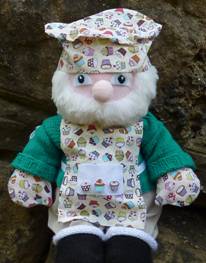
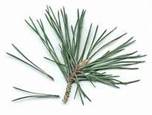
Bill and Bob’s Joke of the Week![]()
![]()
Bill: Where do saplings go to learn?
Bob: They go to elementree school to spruce up their knowledge!

Salty Sam © Christina Sinclair 2015
Unauthorized use and/or duplication of material from this blog without express and written permission from this blog’s author and owner is strictly prohibited.
Links may be used to www.christina-sinclair.com

Picture Gallery
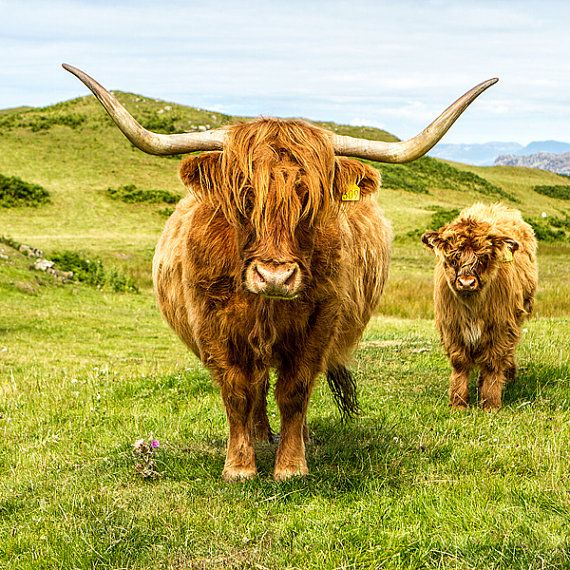 Highland cattle
Highland cattle
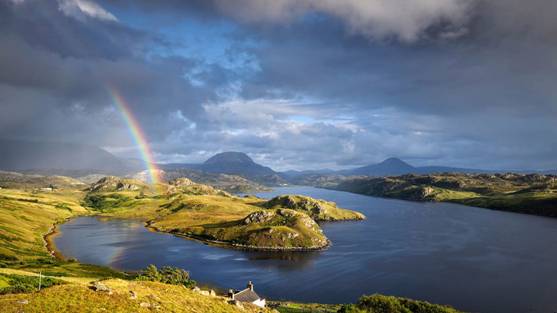 Lakes in Scotland are called lochs
Lakes in Scotland are called lochs
 A lot of old trees need replacing
A lot of old trees need replacing
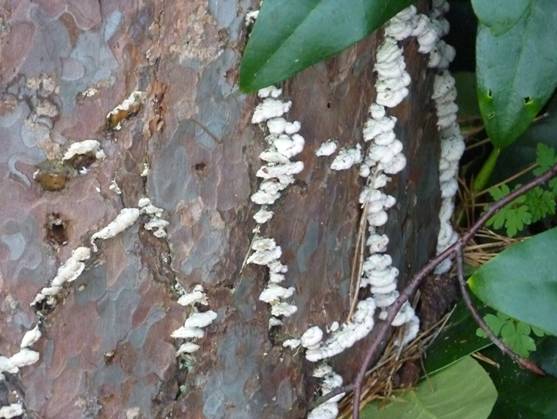 Fungi breaking down an old stump
Fungi breaking down an old stump
 Young trees in Scotland
Young trees in Scotland
 Trees for Life.org
Trees for Life.org
Working to restore the Caledonian Forest
 Volunteers are always needed somewhere to plant trees
Volunteers are always needed somewhere to plant trees


 THE SALTY SAM NEWS DESK
THE SALTY SAM NEWS DESK

This week, Miss Pringle gave her class the final part of her quiz and they spent the rest of the lesson making up sentences using the words they had learned about.
Roger asked if he could make up funny sentences and Miss Pringle said that would be alright as long as they were grammatically correct.
Can you solve this puzzle?
An adjective
A proper adjective
An adverb
- Describes a verb
- Describes a noun: like cute, or fluffy, or intelligent
- Describes a noun and has a capital letter, for example: Londoner or American or Chinese


*********************
TO ADVERTISE ON THIS BLOG
PLEASE CONTACT:
christina.sinclair.ads@aol.co.uk
*********************

 Quick Quiz
Quick Quiz
You can find these things in Scotland.
Can you work out what they are?
- K _ _ _ s
- b _ _ _ _ _ _ s
- s _ _ _ _ _ _ s
- The H _ _ _ _ _ _ d G _ _ _ s
- t _ _ _ _ _ g the c _ _ _ r
- d _ _ k
- S _ _ _ _ _ e f _ _ g





lt’s the Weekend!

HOW TO MAKE A PAlR OF BABY BOOTEES
These boots will fit a foot about 7-8cm long. That is 3 inches.
They are a lovely style for a winter’s day and lovely and chunky to allow plenty of toe wiggle!
The bows on the top give a very plush look to the finished boots.
BOOTS SIDES (KNIT TW0)
Using 4mm knitting needles and pastel-coloured dk yarn cast on 25 stitches
Knit 50 rows of moss stitch as follows:-
Slip 1 (knit 1, purl 1) repeat the last 2 stitches to the end of the row
Cast off 12 stitches
Knit 1 row
Purl 1 row
Knit 1 row
Purl 1 row
Purl 1 row
Knit 1 row
Purl 1 row
Knit 1 row
Repeat these last 8 rows 7 times
Knit 1 row
Purl 1 row
Knit 1 row
Purl 1 row
Cast off
Sew the cast off edge to the cast on edge
Run your yarn around the top of the narrower strip of knitting
Pull the knitting in and secure the yarn so that you can cut off the excess
BABY BOOT SOLES (KNIT 2)
You will begin knitting at the heel and finish at the toe
Using 4mm knitting needles and pastel-coloured dk yarn cast on 8 stitches
Knit 1 row
Knit 1 row
Increase 1 stitch at the beginning of the next 6 rows of garter stitch (14sts)
Knit 26 rows of garter stitch
Decrease 1 stitch at the beginning of the next 4 rows of garter stitch (10sts)
Cast off
TO MAKE UP
- Pin everything in place before you start stitching to keep everything firmly in place
- Put wrong sides to wrong sides and sew around the edge of the sole
- Sew a button onto each side of the moss stitch flap
- Sew the flap down into place – it should lie nicely against the back edge of the front part of the boot but leave the back of the flap free
- Over-sew around the edge of the sole again to make the edge neater
- Sew a bow to the top of each boot

Please note that the material on this blog is for personal use and for use in classrooms only.
It is a copyright infringement and, therefore, illegal under international law to sell items made with these patterns.
Use of the toys and projects is at your own risk.
©Christina Sinclair Designs 2015

Answers to the News Desk Quiz
An adjective
Describes a noun: like cute or fluffy or intelligent
A proper adjective
Describes a noun and has a capital letter; for example: Londoner or American or Chinese
An adverb
Describes a verb
There are three types of adverbs: place, manner, time
- Place… Answers the question, where? For example ‘there’
- Manner… Answers the question, how? For example ‘slowly’
- Time… Answers the question, when? For example ‘weekly’

A beautiful view


Quick Quiz Answers
- Kilts
- bagpipes
- sporrans – a purse worn at the front of a kilt
- The Highland Games
- tossing the caber
- dirk – a dagger
- Saltire flag
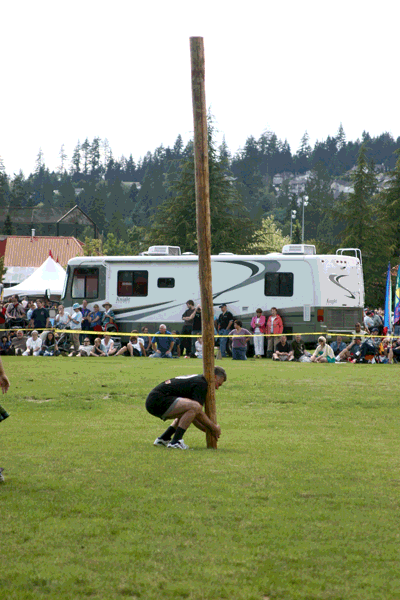
Tossing the caber


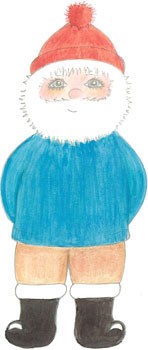
One of the best websites on the internet. I am a regular visitor.
That is a really lovely think to say. Thank you very much Greg.